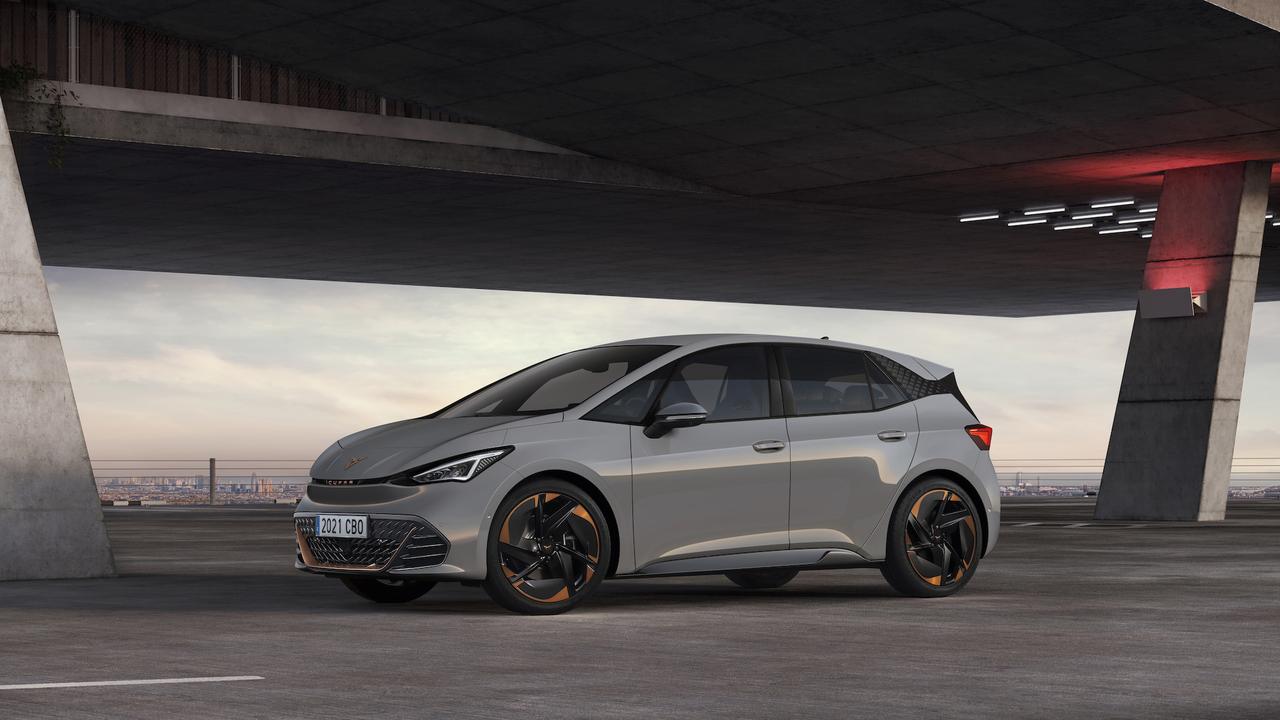EV infrastructure receives cash injection in the budget
The 2023 budget included a huge win for EV infrastructure, with a national fast-charging network and an investment in alternative fuels on the forefront.
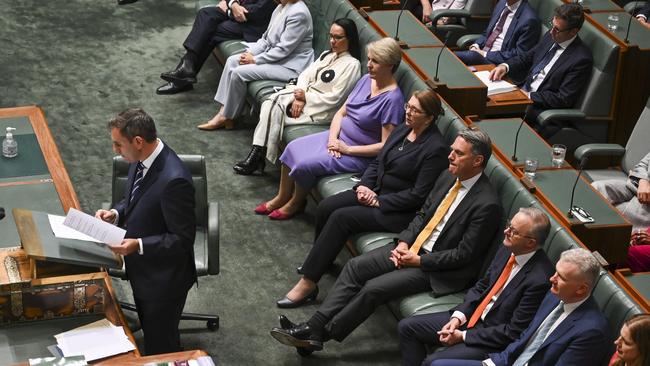
A national fast-charging network and an investment in alternative fuels for all forms of road transport are two of the biggest signs the federal government is taking electric vehicle infrastructure seriously.
Following on from the Albanese government’s commitments to a national fuel standard as part of its National Electric Vehicle Strategy (NEVS), the 2023-24 federal budget included critical investments in areas of need.
A key part of the government’s plan for making EVs more viable for Australians is a $70m round of grants for funding infrastructure improvements, which will be delivered through the Australian Renewable Energy Agency (ARENA).
ELECTRIC VEHICLES SPECIAL REPORT
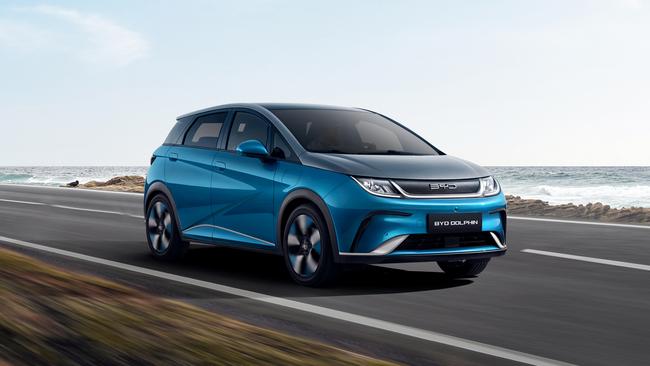
EVs get backing in Labor’s federal budget
The 2023 federal budget has been a landmark win for electric vehicle industry in Australia, but lobbyists say there is more to be done.

Cars get cheaper as key costs fall Cheaper cars as costs fall
The cost to buy an electric vehicle is beginning to come down, making EVs more accessible than ever, but what does this mean automotive brands?
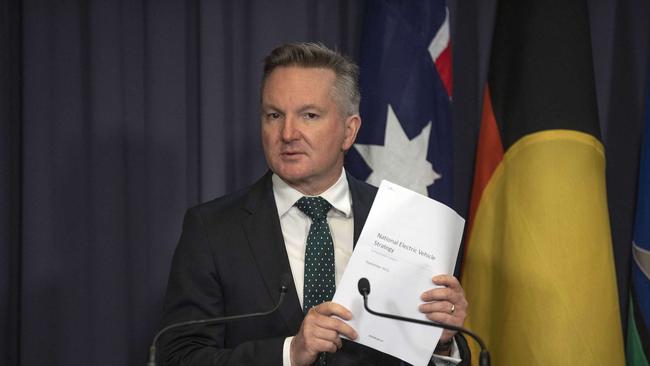
Infrastructure a big budget winner
The 2023 budget included a huge win for EV infrastructure, with a national fast-charging network and an investment in alternative fuels on the forefront.

EVs are getting bigger and better
Large SUVs are loved by families around Australia, and the electric SUV market is expected to explode in response.
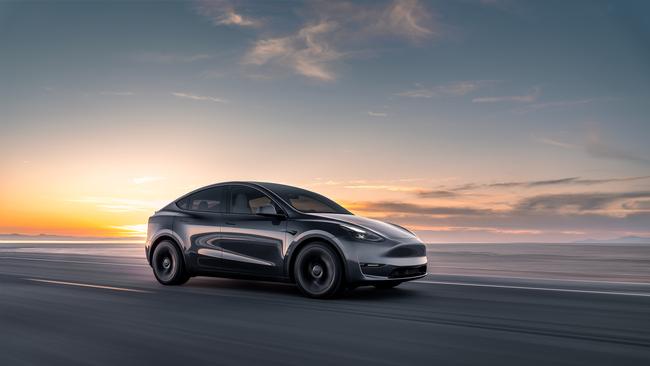
Luxury sits up high as sales boom
Electric vehicles are quickly becoming the favourite of the luxury buyer with 158 per cent boom in sales in the first quarter of the year.

Haters gonna hate but the market won’t stop moving
The electric vehicle market continues to boom, despite the naysayers.

How EVs are changing sports cars
Electric motors are defining the world of sports cars, with acceleration speeds that rival the likes of Formula One.

Audi gets room to grow with new platform
Audi’s Premium Platform Electric (PPE) will support Audi to release 10 new EVs in two years as they move towards phasing out internal-combustion engines in 2027.

The ultimate buy guide for EVs
The world of EVs is expanding so quickly it can be hard to keep up, so here’s what to look for when buying an electric vehicle.
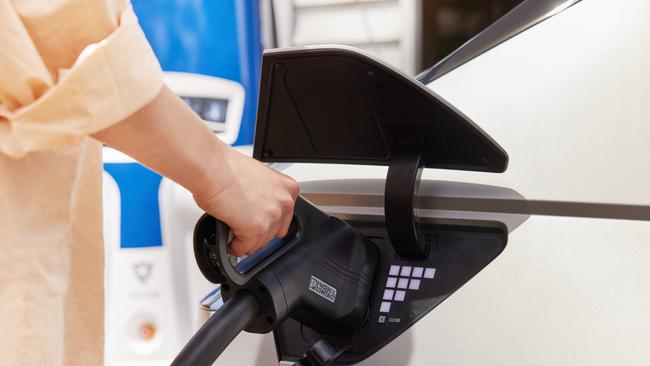
The eight must-know EV facts
EVs can make motoring simpler, but there is a learning curve that it pays to get on top of. Here are eight things you may not know about electric cars.

New laws to stop ‘ICE-blocking’
‘ICE-blocking’, parking a combustion-engined car in an electric-vehicle charging spot, will soon land you in hot water with states across Australia introducing huge fines.

Holiday hotspots due for a jolt
State governments are pouring hundreds of millions into EV infrastructure, it’s about time they look towards the holiday hotspots that are being inundated with EV owners.

Tesla downloads new revenue model in over-the-air upgrades
Tesla rolls out a new model that allows owners to buy upgrades directly from their vehicle’s centre dash screen in a bid to increase revenue.

Would this EV tempt to you buy a Saab again?
Saab is back. Well, as NEVS, and they’re returning with a stunning electric concept car, The Emily GT but they need investors to bring it to life.

Can battery metals be sourced sustainably?
What are the environmental costs behind sourcing the metals for the batteries that power our electric vehicles?

Oil use down as EVs rise
New research from the International Energy Agency has found that demand for oil is down as EVs become the driving force behind the new global energy economy.

Are EVs really cleaner? It depends where you live
Are electric vehicles really the answer to the rising CO2 rates? Or are they not as clean as we thought? Well it depends where you live.

‘Blade’ battery to cut range anxiety
Development of EV batteries is advancing everyday, with batteries capable of more than 1000km of driving on a single charge soon to be hitting the roads.

Does hard driving mean hard wearing?
If you love driving hard and fast, your next supercar should be an EV, as electric motors are designed to last the life of the vehicle.
This program includes the Driving the Nation Fund, which will provide $39.3m to the National Roads and Motorists’ Association. The NRMA will match that amount dollar for dollar to build a fast-charger network across the country.
This will reportedly include 117 fast chargers positioned around the country’s highways and key centres to provide chargers approximately every 150km on national highways.
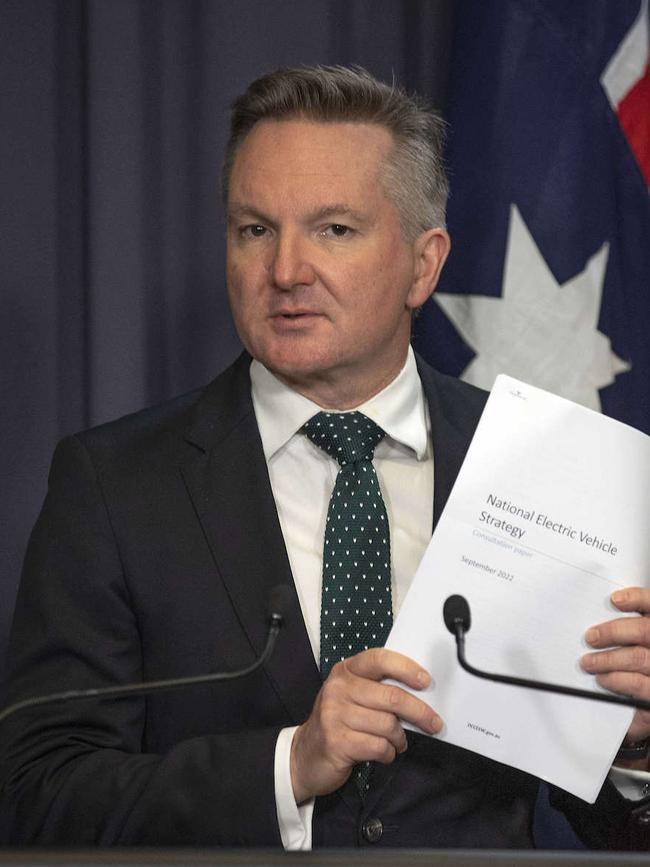
Announcing the funding, Climate Change and Energy Minister Chris Bowen said that making infrastructure more widely available and affordable was a priority for the government.
“Transport costs are a huge part of household budgets, and getting the charging infrastructure in place for electric vehicles is critical to ensuring households have a real choice when it comes to picking their next car,” Bowen says.
In addition to this, the federal budget also included the announcement of a grandly named Transport and Infrastructure Net Zero Roadmap and Action Plan. This $8.4m investment will be used to fund a new strategy to help reduce emissions across all transport sectors. In addition to passenger vehicles, the fund will assist in getting heavy vehicles, rail, freight, maritime and aviation closer to net zero. The government has set a target of reducing carbon emissions to 43 per cent below 2005 levels by 2030, with an end goal of reaching net zero by 2050.
While there wasn’t much detail about the Transport and Infrastructure Net Zero Roadmap and Action Plan, the government’s announcement said it will “help Australians secure long-lasting benefits from the renewable-energy transformation, while managing and minimising the impacts of the transition. The Roadmap will also deliver the most emissions abatement for each dollar spent”.
Another smaller piece of infrastructure news from the budget was a $5.2m spend over four years to develop a national charging infrastructure mapping tool, as well as safety training for emergency services.

